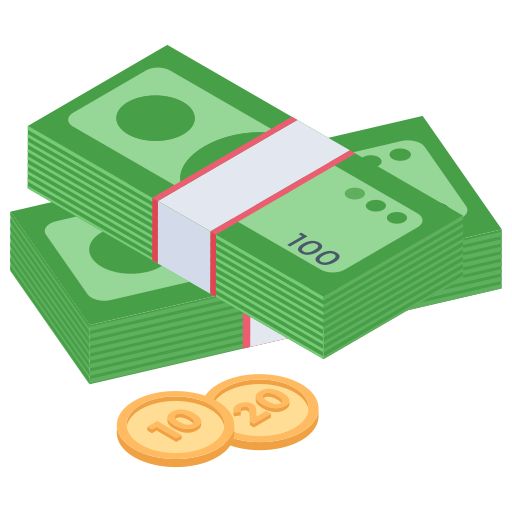- Thread Author
- #1
A Chart of Accounts (COA) is a systematically arranged list of account codes (posts/elements) used in recording financial transactions. For example, the first group or number 1 represents assets, the second group represents liabilities, the third group represents capital, the fourth group represents income, and the fifth group represents expenses.
Therefore, each financial transaction has a code (number) to simplify the identification, grouping, and recording process. For example, in a retail store, inventory codes 103, 104, 105, and each item also has a code, for example, AA soap has codes 103405, etc. The cashier can call up the code by scanning the barcode on the item. The primary function of a chart of accounts is to ensure all financial transactions are grouped and recorded correctly and systematically, facilitating control by business owners and minimizing recording errors.
A chart of accounts can be used not only in businesses but also in personal finance by grouping transactions into several elements such as income, expenses, savings, and investments.
Therefore, each financial transaction has a code (number) to simplify the identification, grouping, and recording process. For example, in a retail store, inventory codes 103, 104, 105, and each item also has a code, for example, AA soap has codes 103405, etc. The cashier can call up the code by scanning the barcode on the item. The primary function of a chart of accounts is to ensure all financial transactions are grouped and recorded correctly and systematically, facilitating control by business owners and minimizing recording errors.
A chart of accounts can be used not only in businesses but also in personal finance by grouping transactions into several elements such as income, expenses, savings, and investments.



